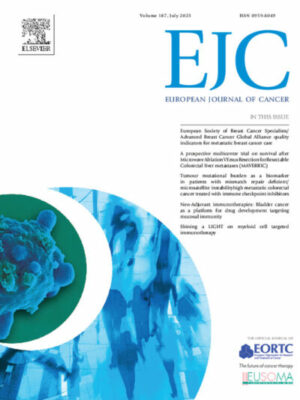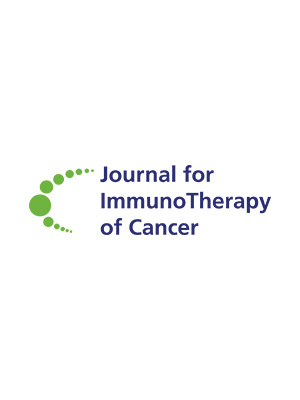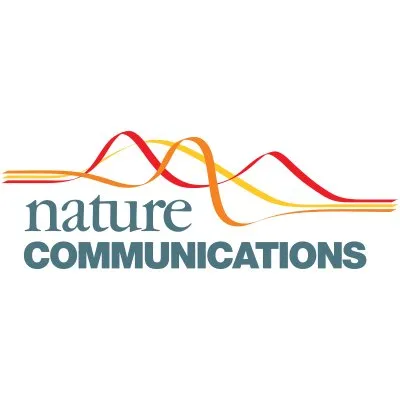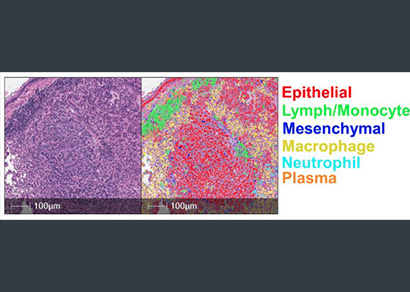Mouse fetal growth restriction through parental and fetal immune gene variation and intercellular communications cascade
Fetal growth restriction (FGR) is a significant concern in obstetrics, affecting 5–10% of pregnancies globally. FGR is a major contributor to perinatal morbidity and mortality









